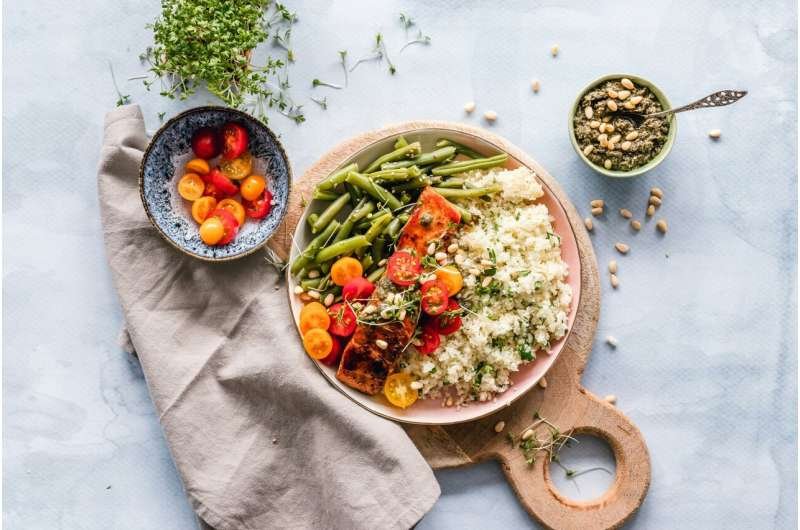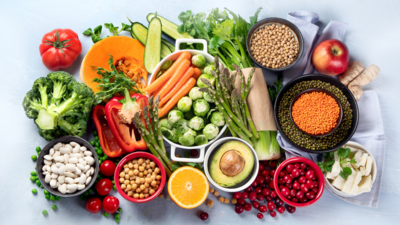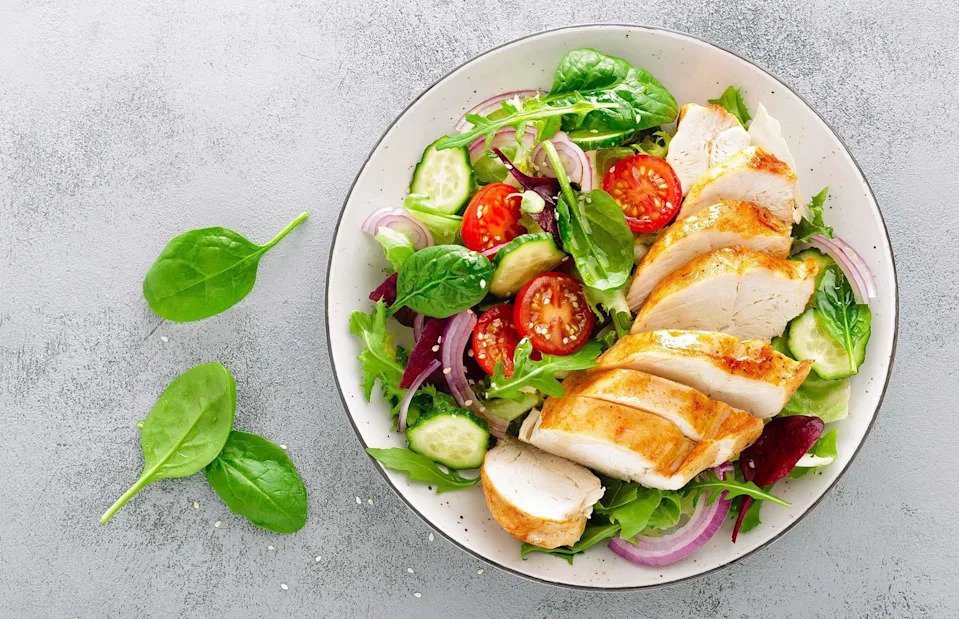Healthy eating often feels like a moving target. Advice flips, trends flare up, and people are left unsure about what actually supports the heart.
A careful look at spicy food offers a clear signal worth your attention. A new population analysis from Sichuan Province, China, tracked adults and linked frequent chili intake to lower rates of major heart and brain events.
Spicy food and heart health
Marialaura Bonaccio of IRCCS Neuromed has spent years studying chili peppers and heart outcomes in Europe, and her work helps frame this topic globally.
Her perspective complements findings from China while reminding us to keep lifestyle and culture in the mix.
The Chinese team analyzed 54,859 adults and found that compared with people who rarely ate spicy food, those who ate it 6 to 7 days per week were less likely to develop ischemic heart disease and cerebrovascular diseases.
They also saw a reduced risk of ischemic stroke, a blockage in brain blood flow, with the likelihood of these problems dropping further as spicy food consumption became more frequent.
Moderate spice intensity tracked with a lower overall risk of cardio and cerebrovascular disease in the cohort.
Starting regular spicy intake earlier in life also lined up with lower risk, although the effect did not extend to hemorrhagic stroke.
How food gets spicy
The main bioactive in chilies is capsaicin, which is responsible for the burning sensation people feel when eating spicy foods.
Beyond taste, capsaicin works on a special sensor in the body, found in nerves and in the lining of blood vessels.
When this sensor is stimulated regularly, research in animals shows that it can increase the natural production of nitric oxide, a chemical that relaxes blood vessels and helps blood flow more smoothly.
This process has also been linked to lower blood pressure, especially in animals with hypertension, which is long term high blood pressure.
Capsaicin and arteries
These changes are important because they improve the overall health of the inner walls of arteries.
Strong, flexible arteries are better able to expand and contract, which reduces the workload on the heart and lowers the chance of damage over time.
Better vessel relaxation means the circulatory system can adjust more easily when the body needs more blood flow, such as during exercise or stress.
Capsaicin’s impact is not just about the immediate burning feeling on the tongue. Inside the body, it sets off chemical signals that affect how cells behave.
Over time, researchers have measured changes in proteins connected to nitric oxide pathways, and these shifts line up with long term improvements in how blood vessels function.
This suggests that eating spicy foods regularly may provide benefits for cardiovascular health that go well beyond flavor or temporary sensation.
How this fits with past evidence
Large-scale work in China from 2004 to 2013 linked frequent spicy eating to lower all cause mortality.
In that study, participants who ate spicy food 6 or 7 days per week had a 14 percent lower risk of death than those who ate it less than once a week, with inverse associations also seen for ischemic heart disease and respiratory diseases.
A separate Italian cohort found that people who ate chili peppers more than four times per week had lower total and cardiovascular mortality. The association persisted even when researchers accounted for adherence to the Mediterranean diet.
Findings from the Italian study showed that chili pepper consumption appeared to offer protection for the heart even when overall eating habits differed.
The benefit was seen both in people who followed a Mediterranean diet and in those whose diets were less healthy, suggesting that the positive effect of chili peppers was consistent across different dietary patterns.
Marialaura Bonaccio, who also led this study, underscored this point when presenting the results.
What spicy food means in real life
None of these studies say chili peppers cure heart disease. They do say that in large groups of people, more frequent spicy intake is linked to fewer heart and brain problems across time.
This is observational research, so cause and effect remain open questions. Still, the consistency across settings argues that spicy eating patterns often travel with other helpful choices or may deliver direct biological benefits.
Spice strength matters too. The Chinese work reported signals at weak to moderate levels, which gels with the simple idea that daily habits beat extremes.
Whole chilies, simple sauces, and meals that use chili to season real food are sensible places to start. People with reflux, ulcers, or other conditions should adjust to tolerance and talk to a clinician if symptoms flare.
Limits and what comes next
A much larger China Kadoorie Biobank incidence paper followed 486,335 adults for a median of 12.1 years.
They found lower risks of vascular disease in people who ate spicy foods one to seven days per week, with trends that held for ischemic heart disease and major coronary events.
The association was particularly clear in younger adults and those living in rural regions.
It is also possible that people who enjoy spicy foods eat differently in other ways, or live in places where chili use reflects cultural patterns that bring other benefits or risks.
Careful sensitivity checks, such as excluding early events, help probe these points but do not close the book on causality.
Future studies could test how foods high in capsaicin or standardized chili products influence blood pressure, cholesterol, and blood vessel health over time.
Researchers could also examine how chili affects nitric oxide activity in people by using amounts similar to those found in everyday cooking.
Cutting through the noise
Nutrition debates can feel noisy, yet some messages are steady. Frequent chili use, inside a balanced pattern of eating, shows a consistent association with better heart and brain outcomes across very different populations.
People do not need to chase extreme heat or complicated protocols. A modest, regular habit built around meals you enjoy is easier to keep, and the data suggest that rhythm matters more than bragging rights.
Taste and tolerance vary, so personal comfort should lead the way. If spicy foods agree with you, using chilies to season home cooked meals looks like a choice with upside and little downside for most healthy adults.
The study is published in Zhonghua Liu Xing Bing Xue Za Zhi.
—–
Like what you read? Subscribe to our newsletter for engaging articles, exclusive content, and the latest updates.
Check us out on EarthSnap, a free app brought to you by Eric Ralls and Earth.com.
—–








